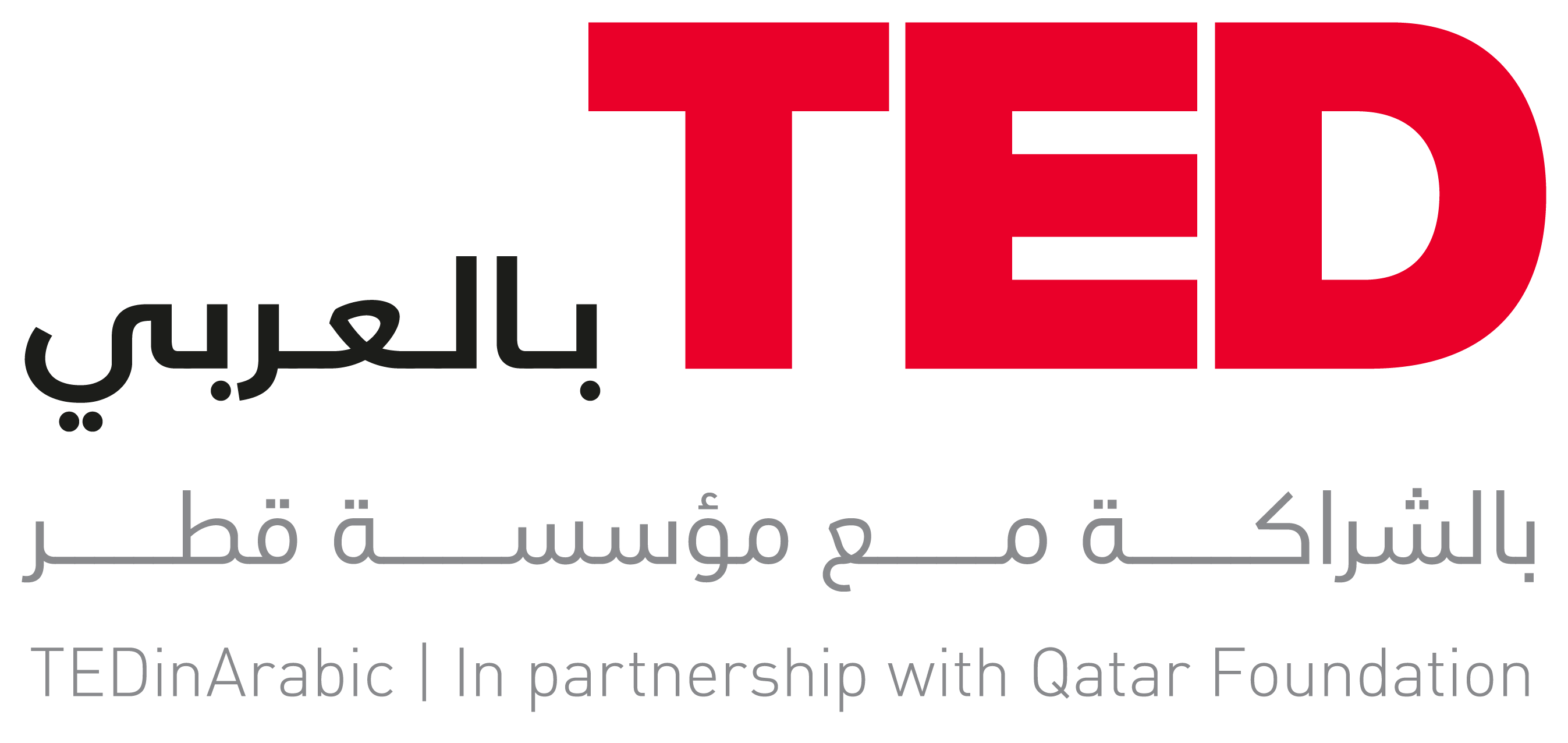For hundreds of years, desert living was made possible by the creation of oases through careful land and building management. Now, due to tourism and climate change, that's all quickly changing: communities are being forced to leave, the desert is creeping in and heritage is being lost. Chaouni aims to reverse the damage through a design approach that incorporates sustainability with social and economic values. In her latest project, she collaborated with local communities and experts in M'hamid, in the city of Fez, that were at risk of being swallowed by the desert – but still barely holding on. Chaouni’s solution? To build a music school, called Joudour Sahara, using sustainable, local materials – such as rammed earth, stone, wood and bamboo – and an autonomous energy system run on photovoltaic power. Thanks to the project, the desert has stopped trying to eat M’hamid, residents are staying in their homes and their cultural heritage is now thriving. She concluded with a song to M’hamid that was written and performed by the students of Joudour Sahara.
A model for sustainable living in developing worlds, specifically focusing on Arabian deserts
Aziza Chaouni
